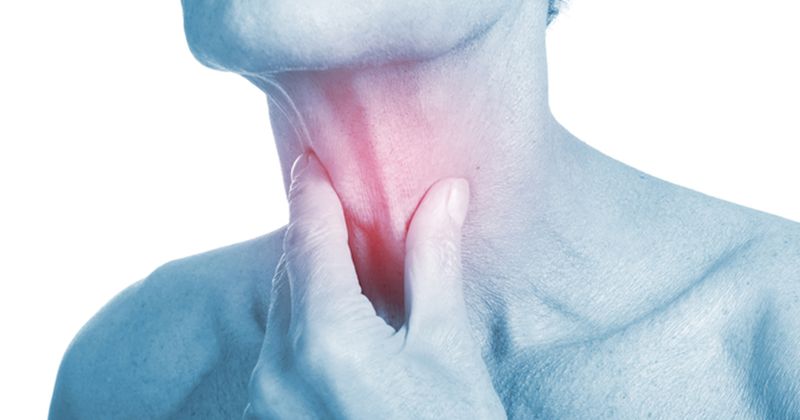Better outcomes achieved with cap-assisted endoscopic removal for esophageal impaction
CHARLOTTE, N.C. — Cap-assisted endoscopic removal of an esophageal food bolus or foreign body impaction yielded better technical success, en-bloc removal and faster procedure time, noted a presenter at ACG 2022 Annual Scientific Meeting.
“Recently, studies have reported favorable clinical outcomes with the use of a cap in the endoscopic retrieval of esophageal food bolus and/or foreign body impaction,” Babu P. Mohan, MD, MS, from the department of gastroenterology and hepatology at University of Utah School of Medicine, told Healio. “However, current data is limited to a small number of studies with limited sample size. This prompted us to conduct a systematic review and meta-analysis to study and report the polled outcomes of cap-assisted endoscopic management of esophageal [foreign body] impaction.”

Source: Adobe Stock.
Using Medline, Scopus, Embase and other databases, Mohan and colleagues identified six studies that reported on the use of cap-assistance for esophageal foreign body (FB), which included 677 patients treated with cap-assistance and 694 treated conventionally — 32% had peptic stricture and 20% had eosinophilic esophagitis.
According to analysis, the cap-assisted method had a statistically significant pooled OR for technical success (7.1; 95% CI, 1.9-26.9) and en-bloc removal (26.6; 95% CI, 17.6-40.2) and reduced procedure time by 4.6 minutes.

“Cap-assisted endoscopic treatment of esophageal FB demonstrated significantly better clinical procedure times in terms of technical success and en-bloc removal of esophageal FB,” Mohan told Healio. “Additionally, faster procedure times were noted when compared [with] conventional methods.”
Researchers also reported an improved OR of 8.7 (95% CI, 1.6-47.7) for technical success when the cap-assisted method was performed under anesthesia, although procedure time was faster (–1.5 minutes) when anesthesia was not used.
Further, adverse events were “comparable,” Mohan noted, “with an interesting finding of lesser pooled rate of mucosal tear with the cap-assisted method.”
The cap-assisted technique also demonstrated acceptable clinical outcomes when performed without general anesthesia, he said.
“In future studies, it would be interesting to study the comparison of clinical outcomes in cap-assisted endoscopic treatment of esophageal FB with and without general anesthesia,” Mohan told Healio, adding, “When feasible, gastroenterologists must consider using cap-assisted method for endoscopic dis-impaction or removal of esophageal FB.”
